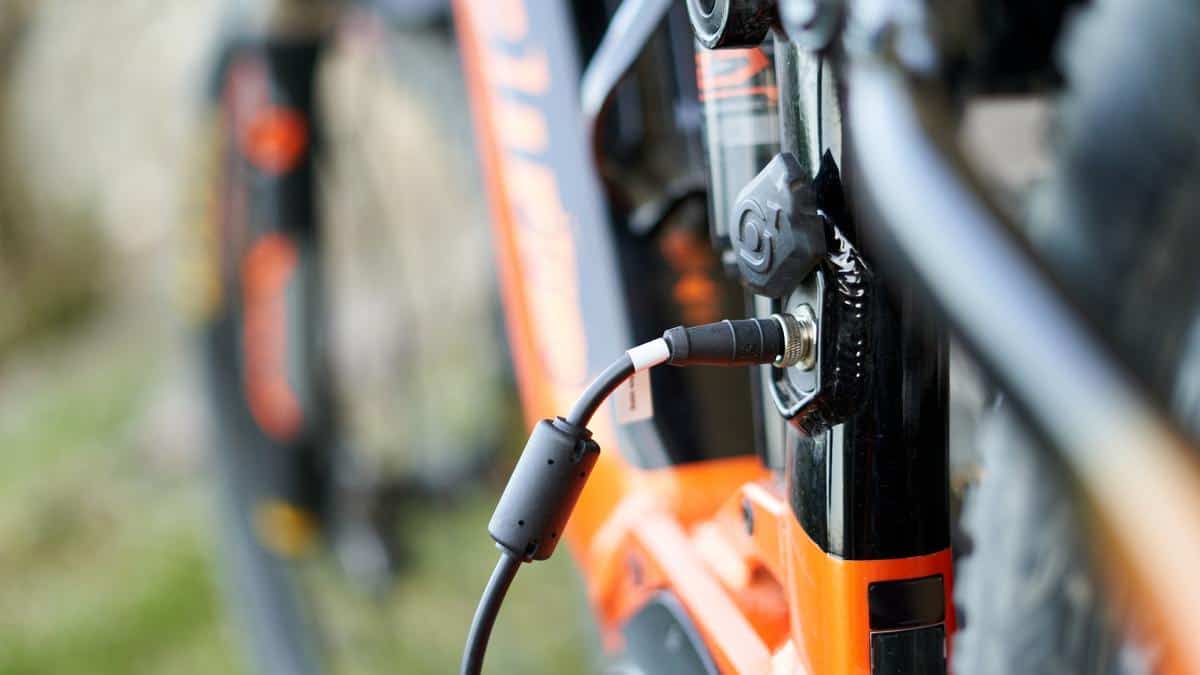California set $10 million for a rebate program to help make e-bikes more affordable, according to Calbike.
However, it is not active yet.
The move is part of an effort to help reduce the cost of an expensive e-bike for state residents. The goal is to make it easier for commuters to shift from car transportation to electric bike transportation.
But the path toward a statewide incentive program to lessen e-bike prices hasn’t been quick or easy.
California allocates more than $1 billion this 2022
According to Streetsblog, California has designated more than $1 billion this 2022 as incentives for charging infrastructure and electric cars. In addition to the billions allocated to electric car incentives already.
In 2019, electric bikes received some attention from lawmakers when California’s SB 400 was passed, including a section that allowed e-bikes to be in future clean air vehicle incentive programs.
That gave way to the possibility of statewide electric bike rebate programs. However, it did not produce any.
In 2021, California got closer to that aim when it allocated $10M in the state budget for an electric bike rebate program.
Making e-bikes more affordable is one of the most effective ways to get Californians out of their cars and reduce emissions. I’m thrilled that the full funding I requested for purchase incentives, education, and training is included in the budget we approved. This program represents a priority shift in the right direction and, once implemented, will help folks from all backgrounds choose a healthier, happier way to get around.
Assemblymember Boerner Horvath
E-bike rebate program to launch in Q1 of 2023
It is anticipated to start in early 2023. It will be open to people living anywhere in California, with key guidelines for the state’s first statewide electric bike voucher program rolled out.
According to the California Bicycle Association, the program would build a $750 voucher for a standard e-bike and a $1,500 voucher for a cargo e-bike. Notably, there will be additional incentives for those living in disadvantaged communities or whose income is under 225% of the FPL (federal poverty level).
Participant’s household income below 400% of FPL to qualify
However, to qualify for the voucher, the participant’s household income must be under 400% of the FPL, accounting for $51,000 for a single person and $106,000 for a family of four at present figures.
The program will be including Class 1 e-bikes (up to 20 mph or 32 km/h pedal assist) and Class 2 e-bikes (pedal assist, throttle up to 20 mph or 32 km/h). However, it would not include Class 3 e-bikes (up to 28 mph, pedal assist).
In addition, qualified bikes must either be bought at a local California bike shop or online from a company with “a business located in California.”
Others with e-bike incentives
The move could see California line up with other states that created or have implemented e-bike incentives. For instance, Vermont became the first US state to provide a statewide e-bike rebate program. Oregon also works on creating an e-bike incentive program that can soon become law, as New York tries to do the same.
Many cities, such as Denver, Colorado, have implemented local programs, but the funding is typically smaller than statewide programs.

